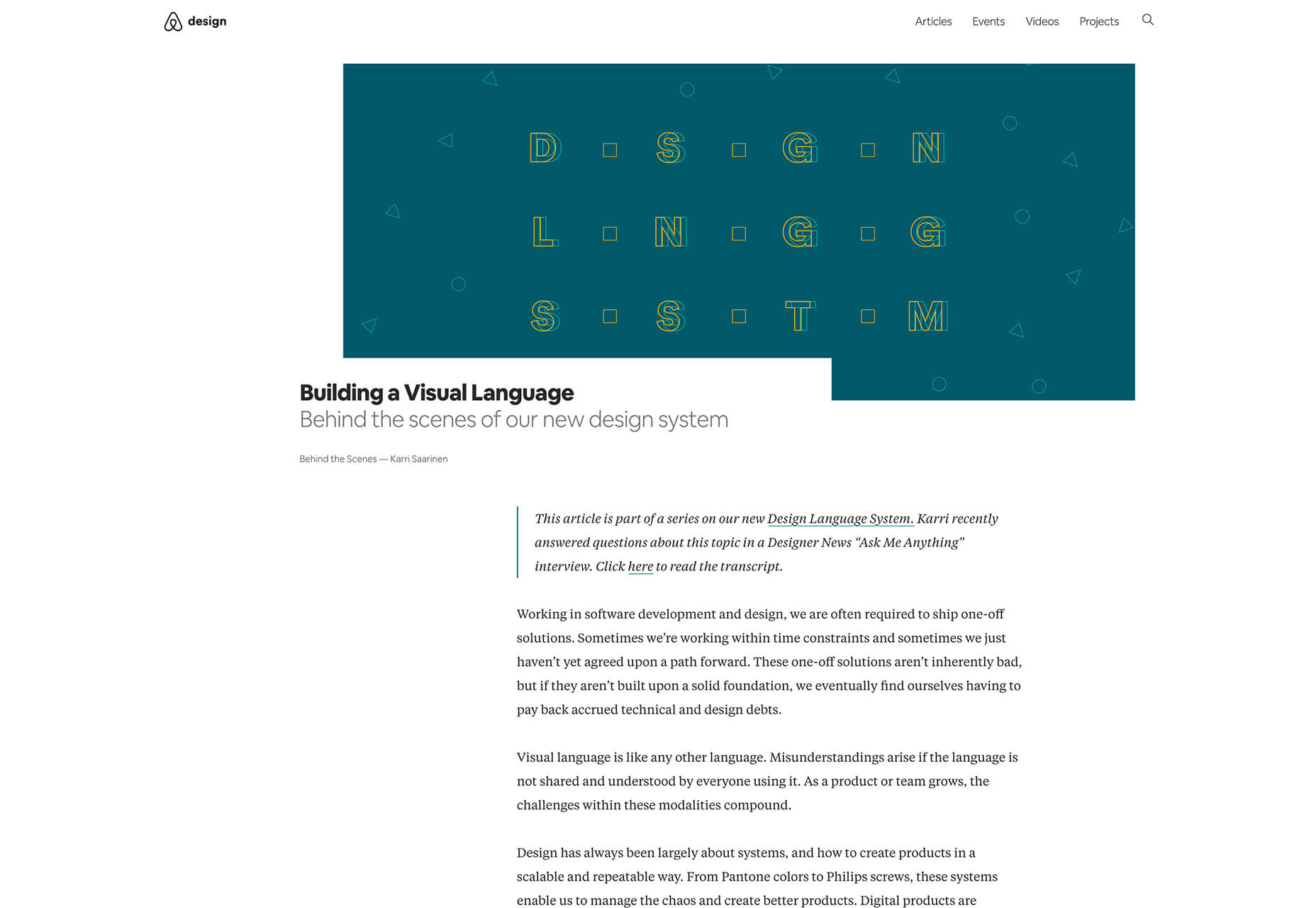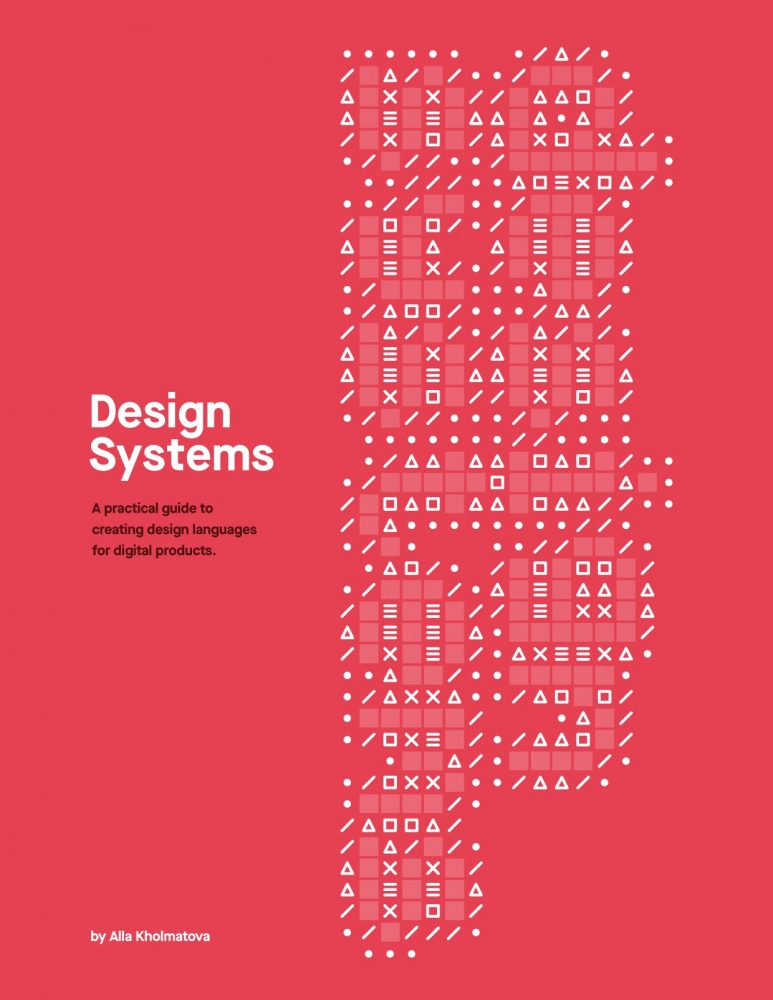Table Of Content

By fostering a culture of open collaboration, design and development teams can continuously improve the design system. SMBs often have to adapt to changing customer requirements as they learn more about their users. Thus, their design system might not contain the necessary elements for building robust solutions. Carbon and Polaris are open source design systems that encourage contributions from the community. Design systems are considered a foundation to start building from but may have gaps that don’t address specific use cases or customer needs.
Apple human interface guidelines
And yet, many others didn’t notice the changes, which speaks to the power of consistency in design systems. Get inspired by the best design systems examples of 2022 and why they work. By gathering feedback through surveys and testing, you can begin to uncover the challenges that your team faces when using the design system and what can be done to alleviate these pain points.
This Top AI Stock Just Made an Important Acquisition to Kick Off 2024 - The Motley Fool
This Top AI Stock Just Made an Important Acquisition to Kick Off 2024.
Posted: Sun, 14 Jan 2024 08:00:00 GMT [source]
Shopify’s design system Polaris
Instead of repeatedly creating fundamental components, UX Designers can use Carbon’s prebuilt and universal assets to customize their products to address specific user needs. In addition, Carbon includes great tutorials on designing for accessibility. Branding guidelines usually outline a company’s vision and general look and feel of its branding. The brand guidelines explain how product teams should use their visual styles to stay on the same page. This article outlines the main components of a successful design system and explains its benefits for companies and designers. Let’s dig into the topic, and study the examples of the best design systems we can learn from.
Writing guidelines

When you’re starting to work on a design system, you do it with the intent to build something that lasts, a system that teams love to use and that saves them precious time in their daily work. However, many attempts to build a design system end up in great libraries that don’t get used as much as you had hoped. But how do you create a design system that becomes an established part of your organization’s workflow? SuperFriendly published a practical workbook in which they take you and your team from zero to a design system that lasts — in 90 days. Bringing together everything that’s required to manage a healthcare business digitally, Nordhealth creates software that aims to redefine healthcare. In this post, we’ll take a closer look at interesting design systems that have mastered the challenge and at resources that help you do the same.

It’s helpful to explain common use cases for each element, as well as how not to use them, to avoid inconsistencies in the final design. Inclusive products allow fair and equal access to all users, regardless of their ability. Design systems should have inbuilt accessibility best practices that meet WCAG accessibility standards. This considers users who experience challenges while using products in a traditional way and might require assistive tools, such as a screen reader. Even though a design system contains accessible components and elements, designers must still consider how they work together in order to design a holistic, accessible experience.
How the best companies build with Webflow
GOV.UK provides a bevy of information on various services offered by the UK government, ranging from moving to the region to finding birth, marriage and death certificates. Its GOV.UK Design System helps public service design teams make their websites have the same feel as its GOV.UK site, with guides on applying layout, typography, images and color to their sites, GOV.UK said. Now in its third version, Material is one of the most comprehensive open-source design systems available. It covers color, shape, typography, animation, and every other element imaginable. Its principles extend across the web, Android, and Flutter, which is Google’s framework for building cross-platform applications. As a design system, Apple’s Human Interface Guidelines are unique in that they’re intended for developers who create software for AppleiOS/OS platforms.
Features of Uber Design System
This means that both developers and designers can access and use the same UI elements from one single source. Gusto serves more than 200,000 businesses worldwide, automating payroll, employee benefits, and HR. Before building your design system, bring together stakeholders from across your organization to form a design systems team. This should include product managers, marketing professionals, content creators, and even executives to create a multidisciplinary team that represents the full spectrum of your business. Design systems are ever-evolving sets of reusable components, principles, and guidelines that give designers and engineers a shared language for consistent product and web design.
Best Figma Components to Try in 2024 - Designmodo
Best Figma Components to Try in 2024.
Posted: Wed, 14 Feb 2024 08:00:00 GMT [source]
Common challenges of building a design system
Consistency helps to make products user friendly, and any design system standardizes patterns across products and channels. When a user interacts with your interface, they see design elements, and they will look for the same patterns across other platforms. LogRocket lets you replay users' product experiences to visualize struggle, see issues affecting adoption, and combine qualitative and quantitative data so you can create amazing digital experiences. A popular open source tool for developing UI components within a design system is Storybook. Its main feature is the ability to build UI components in an isolated sandbox environment, which enables developers to render different variations of a component by using props and mock data. This reduces the need to spin up the entire app to test the component, saving substantial development time.
It explores several ways to improve accessibility — from the immediate task of building accessible products to creating teams of people that underscore an Accessibility Beyond Compliance mindset. Shopify’s design system Polaris maps out guidelines for how to approach data visualization and defines five core traits for successful data visualizations. Do’s and don’ts for different data visualizations deliver practical examples. Culture Amp features helpful further reading resources for each type of data visualization they define in their design system.
Its design system fundamentals cover component blueprints, tokens, design guidelines, and tools. A design system helps UX teams and personnel share experiences within the product team. Firstly, it is a perfect reference for junior-level designers, and secondly, it is an important guideline for developers or product managers.
Spectrum also includes open-source implementations with detailed usage guidelines. While it doesn’t visually represent the company’s redesign, the series The Way We Build, published on the company’s design blog, provides keen insights into design systems, innovation, and collaboration. Since its release, Google has added extensive theming capabilities to Material, allowing designers and developers to start with a robust baseline and extend it to meet the needs of their brand.
As you’re building your system, be sure to keep the end users — both your engineers and your customers — front of mind. You can make your design system part of your workflow by building it in a visual-first environment like Webflow’s. For example, when you change the color of a button in Webflow’s Style Manager, that change will ripple across the CSS behind the scenes and change other buttons with the same class too — it’s your design system in action. There are two main types of patterns — functional and perceptual — that work together to form the building blocks of your designs.
Polaris conveniently lays out the different variants of each UI component across the top of the page to allow users to easily view and compare to decide on the best one for their application. This convenience enhances the efficiency within a designer’s workflow, allowing them to quickly make informative design decisions. Even when companies try to create their design system, specific issues and consistency disconnects can still happen, especially when maintaining all the elements, documentation and code. Bring all interactive components from your design system to the editor, build fully interactive prototypes, and keep your designs consistent. When it comes to visual elements like icons and illustrations, many companies have difficulties finding the right balance between being on-brand, useful, and scalable.
The design system acts as a single source of truth for Audi’s global product teams. Its products range from websites to in-vehicle applications, each with unique user interface requirements. Their design system offers a library of brand identity guidelines and components to ensure consistent branding and user experience regardless of the platform. Carbon also hosts a library of UI components, patterns, and data visualizations for various use cases.
They offer everything from business consulting to software development services to IT hosting & management, to software products to hardware (servers, mainframes, storage), and even financing. Material design system allows you to directly download design component source files for the most popular design software (like Sketch and Figma). They also include Material studies which demonstrate how components and theming can be used to create beautiful, usable apps. Here is our top 10 list (in no particular order) of the greatest of the greats, what their design systems include and how you can use them to learn from and inspire your own designs. Jules explains how to define the KPIs for your design system and how to get quantitative data measurements to learn more about a design system’s efficiency. Qualitative data conducted with the help of surveys and interviews make the narrative more compelling.
The visual design language you choose for your overall design system includes guidelines for color palettes, typography, iconography, and imagery. These elements work together to create the feel of your brand — and instill the desired emotion in your customers. Take a stroll through the garden, or, perhaps more specifically, the Zendesk Garden. Its design system aims to create a cohesive user experience throughout its product suite, the company’s website said. Its components combine the best practices from content, design and engineering to pull together user interfaces quickly, Zendesk said. GitLab Pajamas Design System is a constant work in progress, GitLab unabashedly said.
No comments:
Post a Comment